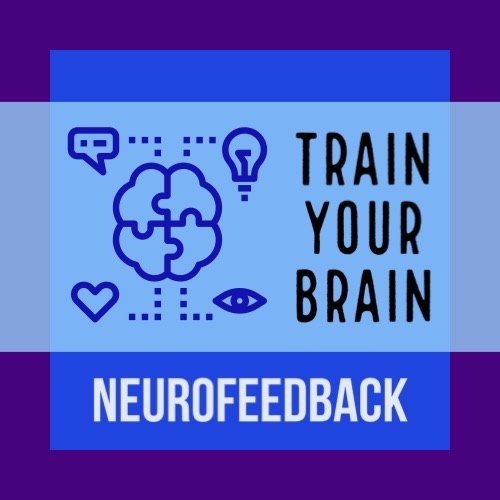Neurofeedback and Depression
Neurofeedback is a therapeutic technique that uses real-time feedback of brain waves to help individuals learn to regulate their brain activity and improve their mental and emotional functioning. Neurofeedback can be used to treat depression, a mental health disorder characterized by a sad mood, loss of interest or pleasure, and disturbances in sleep and appetite.
The specifics of neurofeedback training for depression depend on the underlying theory of the disorder. According to some theories, depression is related to low activity in the frontal regions of the brain, which are involved in emotional regulation, decision-making, and planning.
Neurofeedback training for depression may involve measuring brain activity in the frontal regions and providing visual or auditory feedback to help the individual regulate this activity. For example, if the individual shows low activity in the frontal regions, feedback may be provided in the form of a video game or an animation that progresses only when brain activity in the frontal regions is sufficiently high.
Neurofeedback training for depression may also include regulating alpha wave activity in the prefrontal cortex, which is associated with emotional regulation. Regulating alpha waves can help increase emotional flexibility and reduce depressive symptoms.
Finally, neurofeedback training for depression may involve measuring brain wave activity in regions involved in mood regulation, such as the anterior cingulate cortex. Feedback can be provided to help the individual regulate activity in these regions and improve their ability to manage their mood.
And more specifically…
Neurofeedback for depression may involve training multiple brain wave frequency bands, depending on the individual's specific symptoms. For example, training the alpha band (8-12 Hz) can be used to improve mood and relaxation, while training the theta band (4-8 Hz) can be used to enhance creativity and imagination.
Additionally, training can be directed towards specific brain areas involved in mood and emotion regulation, such as the dorsolateral prefrontal cortex and the anterior cingulate cortex. The training consists of teaching the person to increase activity in these brain areas and reduce activity in brain areas associated with depression.
Neurofeedback for depression can be conducted over multiple sessions, typically lasting between 20 and 60 minutes each, depending on the person's tolerance. The total duration of the training depends on the severity of the depression and the individual response of each patient.
